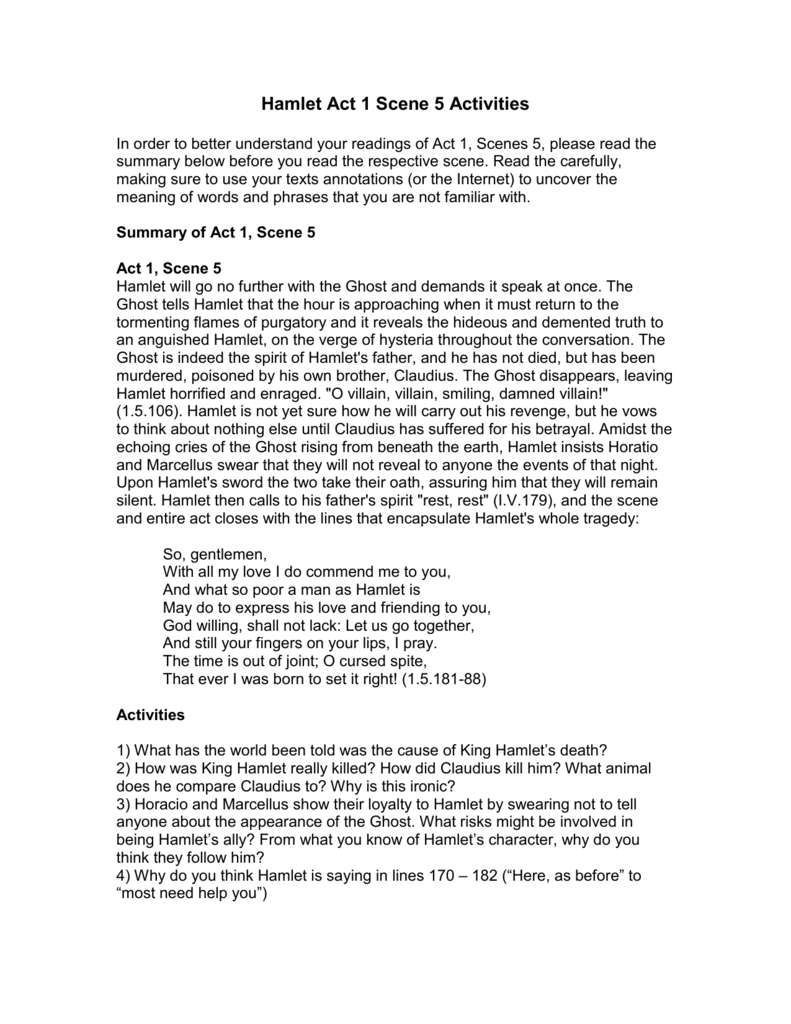

I also like tagging them on at the end of a post (as opposed to using another thread, or having a link) so that those explanations are readily accessible. Often, my notes have to do with cultural explanations, or with translations of actual Chinese and Japanese phrases that have no good English equivalent. This is a little irrelevant, since I don't post my SH here (because it doesn't follow the Granny rule), but I *do* use little notes at the end of my posts when they're needed. (using a smaller font, or a different color helps) For extensive explanation, I rather like Seasong's "Academia" approach, where the subject in question (usually some peculiar aspect of the world) gets its own post, and serves as a little break from the main story. ^_^ Just wanted to add my two cents here.Īs a reader, I appreciate little notes at the end if they will enhance the story for me, but I prefer that the notes be differentiated enough from the narrative that I don't mistake them for being part of the narrative itself. They're not formal Notes or anything like that, just part of the dialogue with my readers, but I guess they serve the same purpose. They're just different.Īnd now that I think about it, I have included a certain amount of "meta" information in my story hour - notes on the player's reactions, or particular dice moments. Of course neither way is better than the other. I can really picture your group in the midst of play. They're a great stimulant to the imagination. That said, nemmerle, I really like your DM's Notes. So I try to find solutions to problems like "Do the readers remember this guy" that are incorporated into the storytelling itself. My hope is that the story is engrossing enough that they will continue reading and thus learn more of the details of the world that way.īut again, like Drawmack, this is for me mostly a creative writing exercise, and is only incidentally game-related.

I deliberately started my story hour right in the middle of the campaign, without explaining anything to the readers. I don't think I'll stop doing it, if only because I spent my youth reading too many Marvel comics and the notation there was always so good and helpful, reminding you of back issue sub-plots and issues of other titles with related stories - and I guess in the end it is helpful for me as DM to keep track of things - I'm just curious how it works for others. My question is this: How many other story hour authors do this? And how helpful do readers finds such things? I use footnotes to explain facets of the setting, as a reminder to the reader of relevants things that have happened in the past, and also I at times include what I call " DM's Notes" which are explanations of a house rule or an ad hoc ruling during a session.Īnother thing I havse used the notes for is to cross-reference the story hour itself - when an NPC re-appears in the story, I try to include a note that explains when the NPCs was last seen (or first appeared depending on which is relevant), and use session numbers to refer readers back to previous scenes. Likewise, the story covers only one hour in Louise Mallard’s lifefrom the moment she learns of her husband’s death to the moment he unexpectedly returns alive.


THE STORY OF AN HOUR ANNOTATIONS SERIES
She grows excited and begins to fantasize about living her life for herself.Over the last two years or so that I have been wriitng my "Out of the Frying Pan" Aquerra story hour, I have been including lots of annotation on the story as I go along. The story is short, made up of a series of short paragraphs, many of which consist of just two or three sentences. Although this reaction is completely unexpected, the reader quickly accepts it because of Louise’s adequate explanation. She realized that although at times she had loved him, she has regained her freedom, a state of being that all of God’s creatures strive for. The widow whispers “Free, free, free!” Louise realizes that her husband had loved her, but she goes on to explain that as men and women often inhibit each other, even if it is done with the best of intentions, they exert their own wills upon each other. or deducible from any circumstances of the story in any of the Gospels. “The delicious breath of rain…the notes of a distant song…countless sparrows were twittering…patches of blue sky….”Īll these are beautiful images of life, the reader is quite confused by this most unusual foreshadowing until Louise’s reaction is explained. ( the thing noted by the silence in heaven for half an hour, Rev. The descriptions used now are as far away from death as possible. Next, the newly widowed women are looking out of the window and see spring and all the new life it brings.


 0 kommentar(er)
0 kommentar(er)
